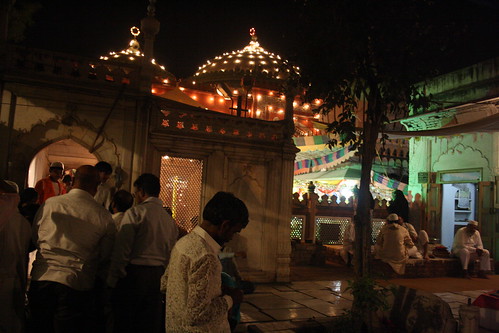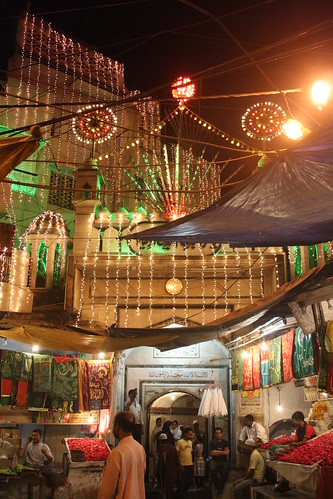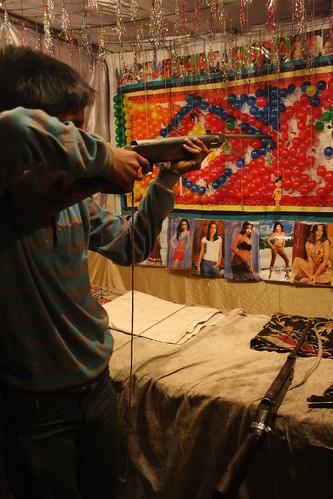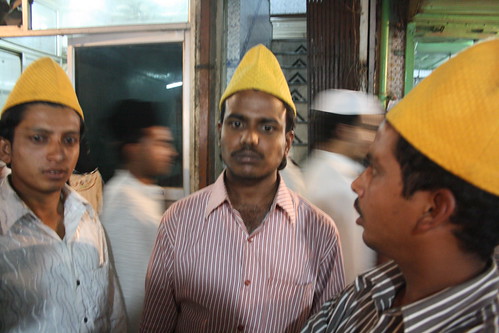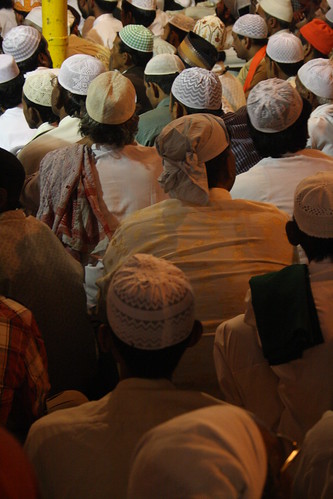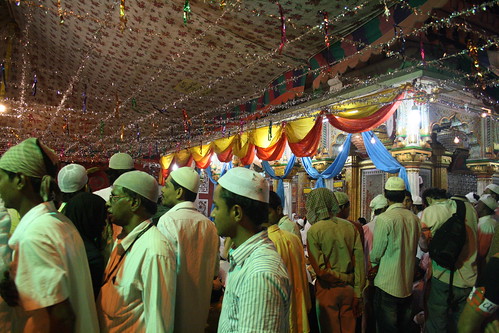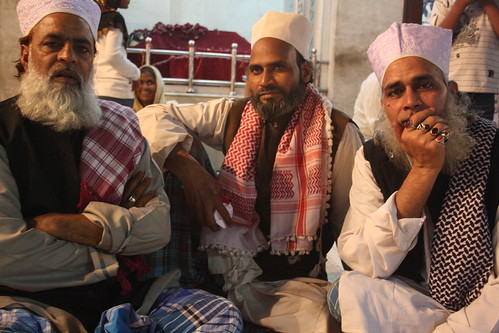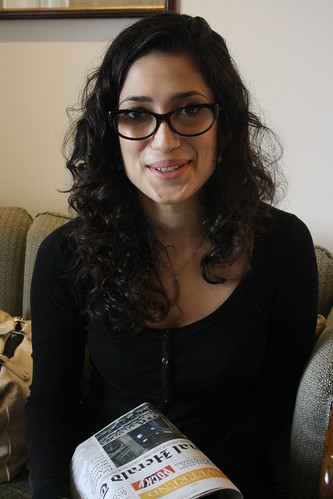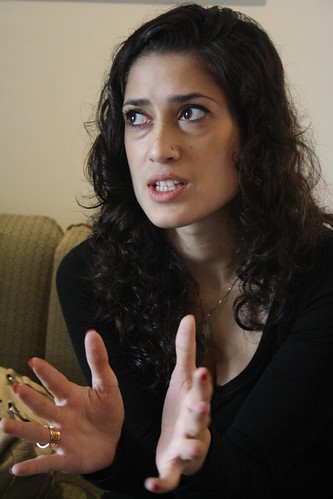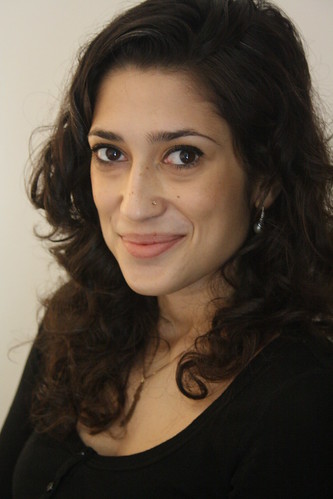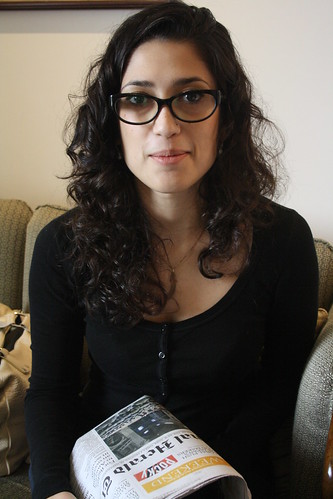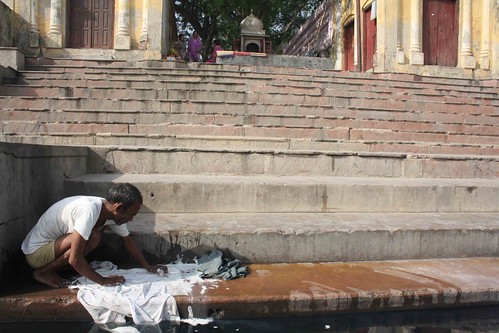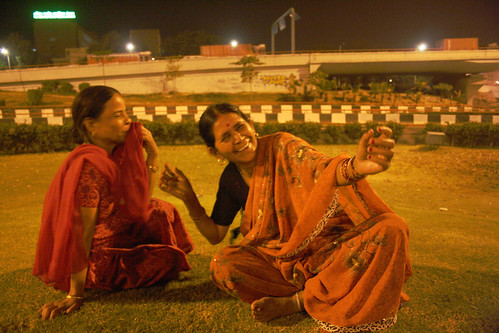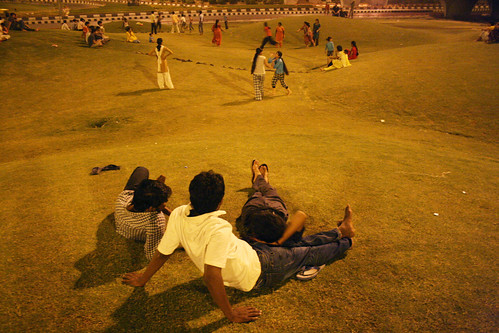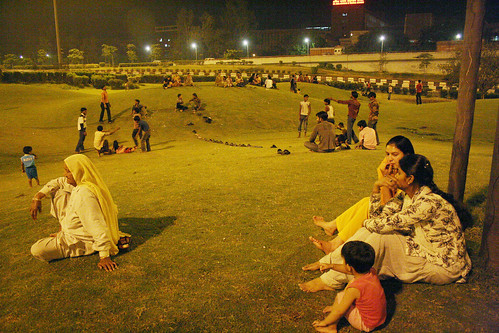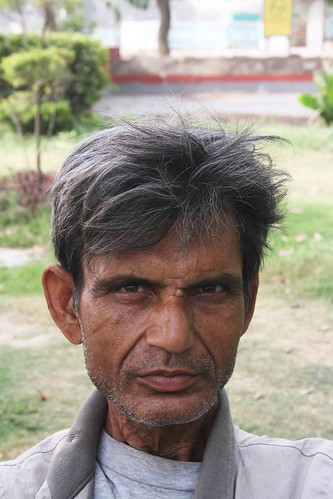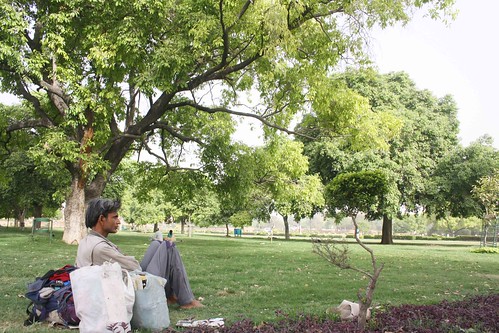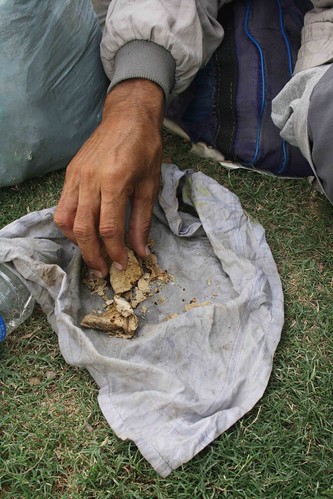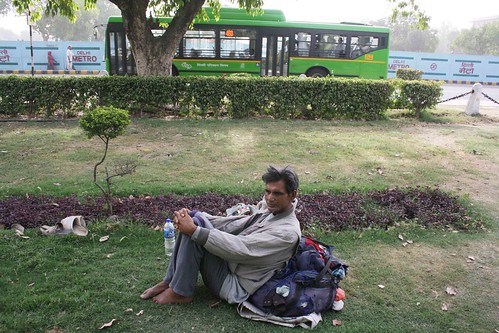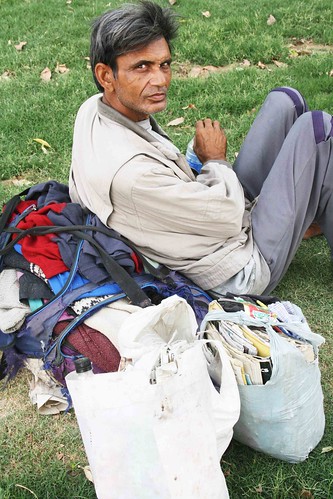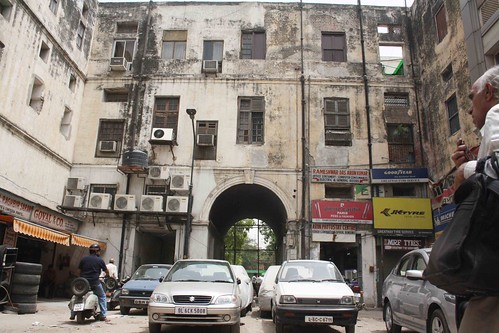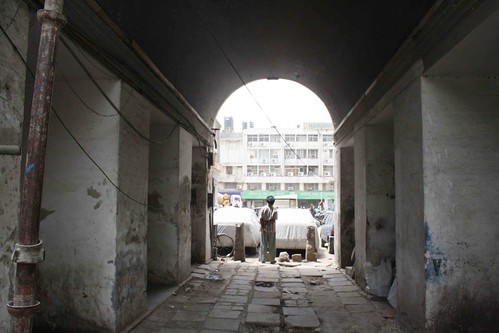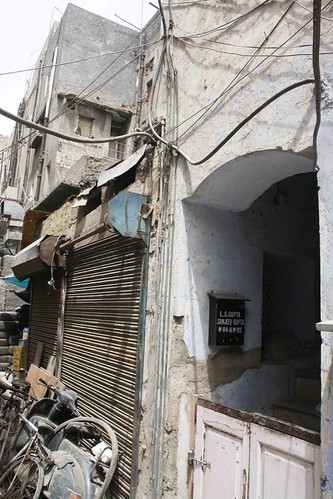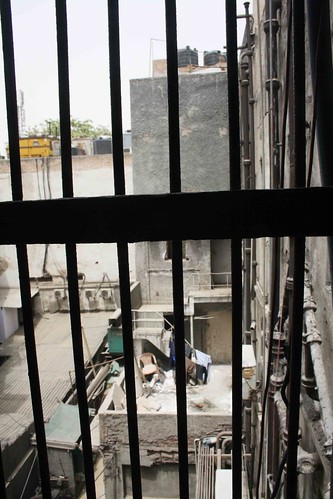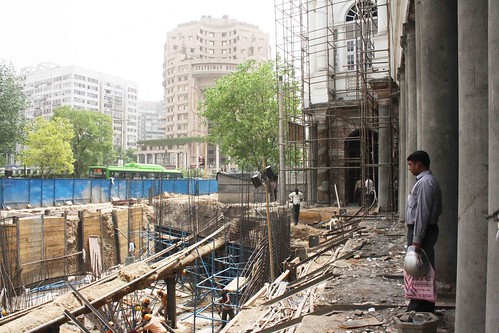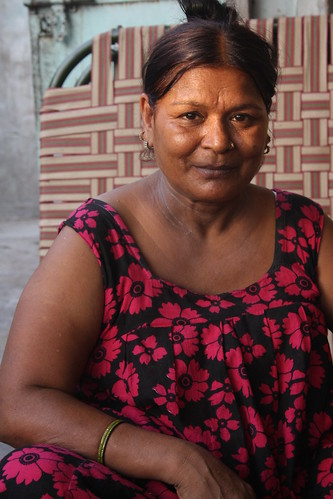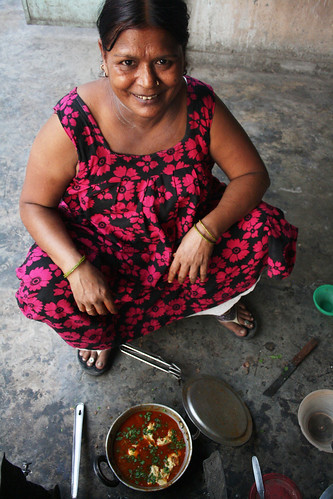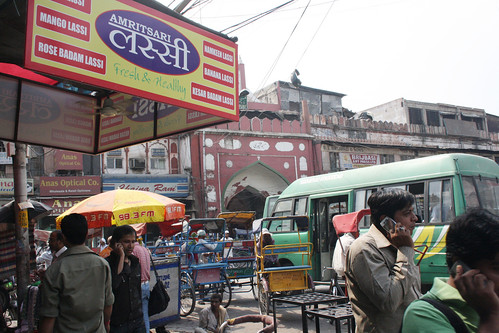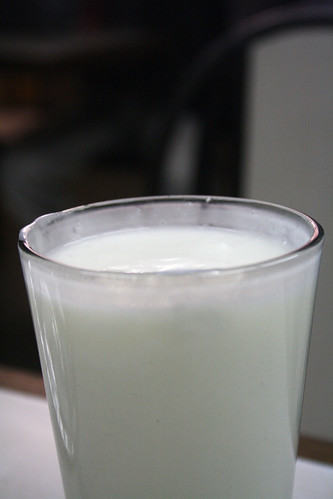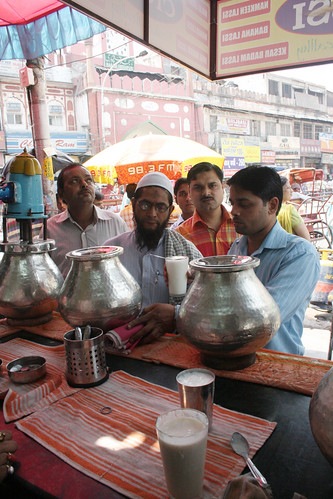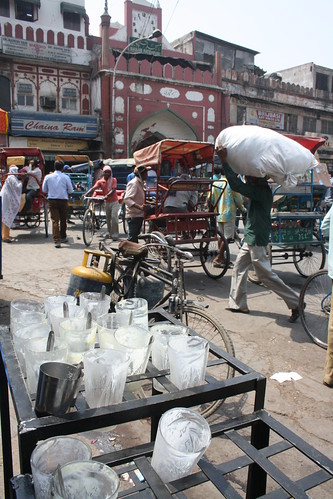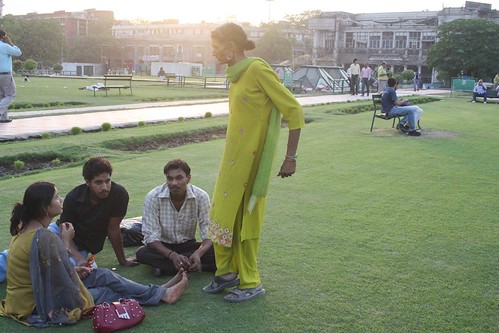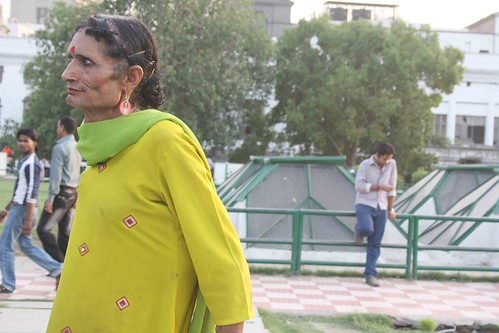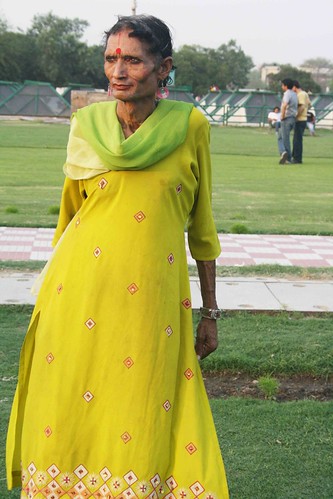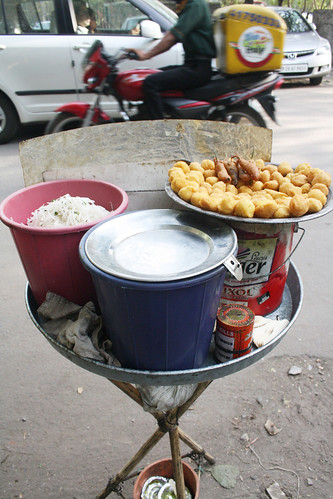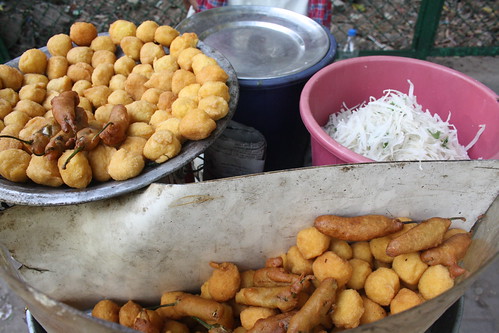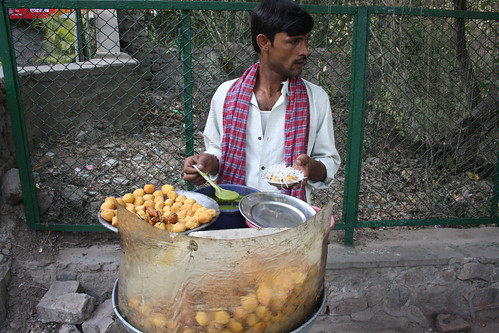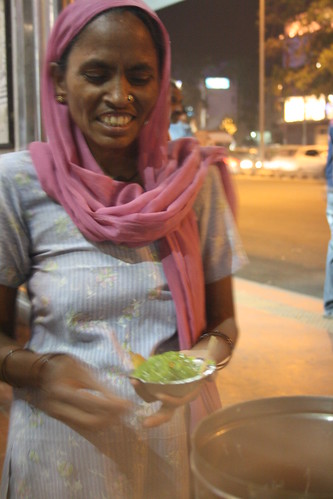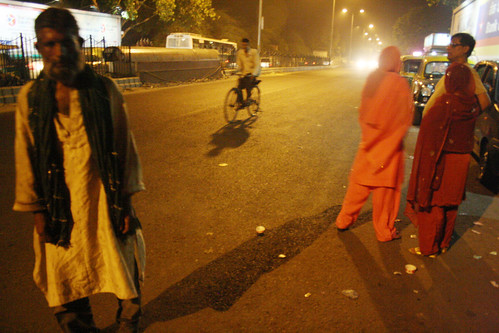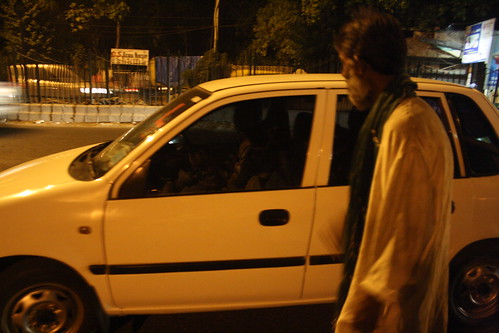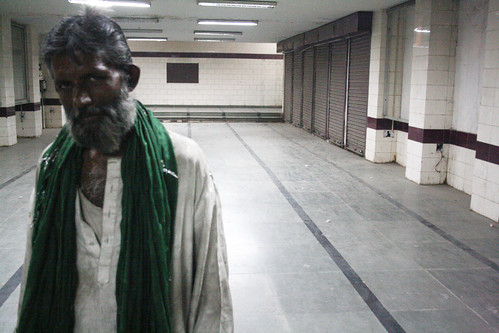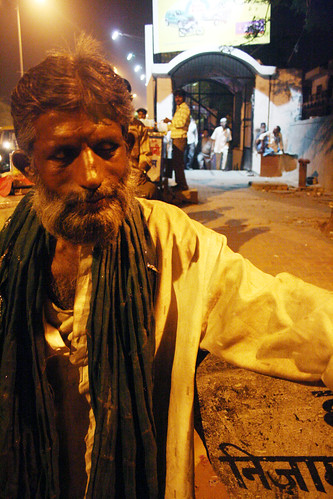The Delhi walla's pretension in writing makes me want to lodge a bullet in his balls - Blogger Nimpipi, the woodchuck chucks GO STRAIGHT TO MORE STORIESContact mayankaustensoofi@gmail.com for ad enquiries.![City Interview – Fatima Bhutto, Pakistani Author]() The new Daughter of the East.[Text and pictures by Mayank Austen Soofi]
The new Daughter of the East.[Text and pictures by Mayank Austen Soofi]Fatima Bhutto came to Delhi in April, 2010, for the launch of her memoirs,
Songs of Blood and Sword. Granddaughter to Pakistan’s Prime Minister Zulfikar Ali Bhutto and daughter of Mir Murtaza Bhutto, Ms Bhutto was born in Kabul in 1982. Her father was killed by the police in 1996 in Karachi during the premiership of his sister, Benazir Bhutto, who was assassinated in 2007. Ms Bhutto maintains that her aunt Benazir was responsible for her father’s killing. She lives with her mother and two brothers in Karachi.
In her interview with
The Delhi Walla, Ms Bhutto was sporting blood-red nail polish, as well as a designer handbag and a copy of
The International Herald Tribune.
Hello, Ms Bhutto. While we talk, I’ll take your photographs but please don’t look conscious.Ok. I’ll do my best.
Your third book, Song of Blood and Sword, was launched yesterday evening at Hotel Taj Mahal. How was it?The audience was very interesting.
'Interesting' is an interesting word.No, I thought I was going to be in front of strangers. And then I saw some of my former classmates from the University of London. I didn’t know they were coming. So that was great. It was also nice to come across Indians who were curious about Pakistan and wanted to know more about it.
I was also there in the crowd. And I saw people exclaiming when you appeared wearing a saree. A gentleman standing behind me said that you were looking so Indian. It seems many Indians are unaware that Pakistani women also wear sarees. Does such ignorance irritate you?But the same thing is on other side too, you know. We are so curious about each other but we don’t have access to each other’s countries. Traveling is so hard. It is a lot harder to get information. And so when people said that what a nice Indian dress I was wearing… I said, well, you know my grandmother wore sarees all her life. My mother, too, wear sarees. You see, in Pakistan, women wear shalwar kameezes during the day and sarees in the evening…
…or on special occasions…Yes, it’s the same thing on both sides of the border. Like here I’m checking my e-mails and my friends in Pakistan are writing to me, saying, “How is India? Is everybody treating you ok? Is everybody being nice to you?” And Delhiites are asking, “How is Pakistan? Are they treating you ok? Are you safe there? ”
Why are Indians worried about how you are being treated in Pakistan?You know, I think it’s really interesting. People here have reacted really wonderfully to
Blood and Sword… they have been really supportive… and protective. I was really touched when a woman (among the audience in the launch) stood up and said, “I hope you are being well-protected in your country.” It was such a kind gesture. I think because we don’t know a lot about each other… we imagine that there is lot of hostile environment on the other side… but when you go to Pakistan or I come to India, people are the same, the language is the same, the culture is the same, so you don’t feel like a stranger. You feel familiar.
Karachi is said to be a dangerous place. I was there in March, 2010, and friends asked me not to go out unaccompanied. One said that the city was under siege. You are a Bhutto. So many members of your family have died in unnatural circumstances. And you live in 70, Clifton, an address that is so famous in Pakistan. Do you feel unsafe? Do you feel you are being constantly watched?I think there are times… like when you came to Karachi and the city was being sort of edgy. There is a period I write in the book when I was... it was in the 90s when my father was killed. Things then were very scary. You did feel very afraid and gunfire was a normal sound. But I think, unfortunately, it is the condition of all these south Asian big cities that they are sometimes stuck by very paralyzing fear and violence, and then sometimes things are fine. Karachi for me is just one of those cities… at times it’s no big deal for my friends to come over and pick me up and we go off, roam around and it’s fine. But sometimes I can’t do that.
What do you love about Karachi?Well, I love Sunday bazaar. It’s near Sea View (beach), in Defence (a posh neighbourhood). Every Sunday Itvaar Bazaar pops up at a place where there is nothing all through the week. There the booksellers would come and sell old books…
It’s like Delhi’s Daryaganj Sunday book bazaar?Maybe… yeah… and not just books. They have toys for kids, T-shirts… you know, it is one of Karachi’s best-kept secrets. Every local knows about it. But if you are visiting the city, there is a chance you may miss it.
You go with friends or family to the Sunday bazaar? You don’t go with security guards? When you are there, is it like, “Hey I’m a Bhutto and I’m in Itwaar Bazaar”?No, no, no. I think when things are dangerous, one have to be careful. I can’t go every Sunday. I can’t go for long maybe. But you don’t want yourself to be made a prisoner. My mother and my two brothers… we all love Sunday bazaar but we all love it for different things. So my brother Zulfikar, who is a mere 6-years-old, head straight for the toys where he finds all these broken plastic dinosaurs. My other brother is an artist and so looks for all these old art catalogues and art books. My mother looks for handicrafts and I… I go straight for the books and magazines. You get old
New Yorkers and
Vanity Fairs and
National Geographics. And you also get Rs 100 books. I recently got… those great penguin classics with that old orange-striped covers… I also grabbed a first edition Graham Greene. You don’t find such novels any more. Now if you go to firsthand bookshops, you only get Kite Runners and the seven editions of airport books, you know.
Any other place you go to in Karachi?Then I go to Khadda market for its chaat and dosas. It’s a lovely place and it’s a pity not many people go there.
Why?I mean it’s like in Delhi. People come here and go to big fancy Italian restaurants or swoon over French cuisine but they miss these small places that have the real food, the good food. So I go there. Then everybody in Karachi have their own DVD walla from whom you pick up the latest films and documentaries...
What about the parties?(Laughs) I’m pretty boring that way. Because Karachi is such a closed city… because it’s a bit of schizophrenic city… you know, it’s a very large city but you are limited to certain neighbourhoods… so if you go to a party, you see the same 200 people, and after about three of such parties, it gets dull. I much prefer having friends over dinner or having get-togethers or going to friends’ places.
Where do your friends live? Only in posh areas such as Clifton? Is that the only Karachi you navigate in?I suppose I have many different Karachis. You are limited to certain neighbourhood obviously. But because of my mother’s political work, because of my writing… for example, I have been spending a lot of time recently in a neighbourhood called Sohrab Goth…
Is it is near Lyari?No, it’s far from there.
My Karachi friends had strictly warned me not to step into Lyari. It’s considered very dangerous.You know that’s the problem. Karachiites are afraid of their city. But Lyari is wonderful. I have spent a lot of time there. Lehari is the real Karachi. People know each other. They have a real sense of community. There they share and exchange each other’s experiences. It’s unlike Defence or Clifton where you live in your own bubble and you don’t know what’s happening around.
Yeah, you were talking of Sohrab Goth.So I’m writing a magazine piece on Afghan refugees in Karachi and that’s why I have been spending a lot of time in Sohrab Goth, which is where some big refugee camps are. So on the other hand I live in Clifton and I’m so very privileged and very comfortable but I never feel that I don’t have access to other parts. If you want to understand your city better and want to discover its other parts, nobody will stop you.
I have heard that your grandfather’s library used to be the best in Asia. It’s at 70, Clifton. Right?Yes, the library is phenomenal. It is on the ground floor and is my favorite room in the house. We are currently cataloging the books. We have already done 15,000 of them. My mother is amazing… she sorted out all the shelves and numbered each of them.
Tell me about the books there?What’s amazing about his library is that he loved books. He himself was a writer. Each section of the library is devoted to a certain study or history… so there are tremendous amount of books on south Asia and Raj. You go further ahead, and then you have books on Soviet Union, America, Latin America, China, and the Islamic world. There are books on religion, art and philosophy. Then there are all his law books. He was very fascinated about modern art so we have lots of books on it from the region.
Ms Bhutto, in your website you say that you hate Facebook. Why?(Laughs) I hate Facebook for several reasons. The idea that, first of all, this company owns everything you put on it is ridiculous. I don’t know why it doesn’t scare more people. And then this whole thing about voyeurism… is kind of what’s wrong with lots of things today… Imagine, on Facebook, for people to spend hours looking at other people’s pictures, reading other people’s messages and looking at other people’s friends... so scary. There is so much lack of privacy.
Point taken. Let’s talk about the book. Why you wanted to write it?I always knew I was going to do this book. It was one of the last things that I promised to my father just days before he was killed. I remember I was 14 then. We were talking at home late in the night. I said to papa that your life is so fascinating and that you must write your life story, and he laughed and said, “No, no, no, it’s too dangerous what I know and I can’t write it but you write it.” I was excited but then papa said, “No, no, no, after I die,” and I said, “Ok, after you die.”
Ms Bhutto, this talk of death… so casually… wasn’t it abnormal? Was it that being Bhuttos, you all knew that something horrible might happen anytime to any of you?At that time we were in such a dangerous environment… and I think that each of us knew in our own way that something was wrong… you had this feeling, you felt unsafe. But it was never that we were ever morbid. It wasn’t like that we spoke about the death all the time. But those few days were really quite different.
And then your father was killed and you thought about the book again?I always knew I was going to do that book. But I was never ready to do it. I was too young. I needed to find so much information. I needed to do so much research. In my college, I was busy finding myself. But when I was doing my Masters in London, I started to think about it. I would remember my father talking about his time in the college…
So when you started writing?By 2005, I started e-mailing my father’s friends and doing my own detective work of looking people up. It was easier for me because I was in the university. I knew the first names of his friends but I didn’t know anything else. So I started cold-calling his classmates. Papa had studied in Harvard. I went online and found the alumni association and I wrote all of them a letter saying, “Hi, I am uncovering my father’s past. Could you help me?” The response was amazing. It was a surprise. Strangers opened so many doors to me.
Political memoirs are usually ghostwritten, especially when they are by people belonging to some great dynasty. What about your book?(Laughs) Well, I used to write a weekly column for
The News. I wrote a book on the earthquake. I published poetry. So obviously there was no question of someone else writing my words. It would have been like someone pretending to be me on the Facebook. Yes, to answer your question, I wrote the book all by myself.
What was your writing schedule?I was writing for two years. It helped that I’m an awful insomniac. I would write till very late in the night… till 2 or 3 am. There were times, towards the end of writing the book, when I would wake up at 8 am, write till noon, take a break, go back to it at five or six in the evening and write till eight in the night. And then there were other times when I just had to be alone in front of the computer the whole day. But you have to write everyday. You can’t be temperamental. You can’t write only when the mood strikes. You have to sit there. You need to have the discipline.
You say that you did extensive research for the book. Did you also travel?Yes, I went to Peshawar, Islamabad, Lahore, Karachi… I went to Houston, Arizona, Phoenix, Washington, Boston, New York. I went to Greece, Lebanon, London, Paris, Damascus…
When you move around in Pakistan, do you fear that you would be killed. After all, the impression of Pakistan is that the country is unstable and volatile. And you are a Bhutto. So many of them have been killed.The problem with the media is that they give you a picture of a city or country in 30 seconds. And when you look at south Asia, it’s always about blood, poverty…
…and dynasty…Yes, that seems to be the three big things in our part of the world.
I imagine if a Bhutto is driving around Karachi or Lahore, he or she must be escorted by gun-toting security guards?Not us (laughs). You see we were never inside the power. We never grew up with this idea that we somehow deserved the attention or that we were celebrities. In 2006, for instance, I went to Chitral (in northern Pakistan) for a story... While interviewing people, I introduced myself as Fatima, not Fatima Bhutoo. And then I went back and the story was published following which I got emails from people asking me, “Oh, why didn’t you tell us you were a Bhutto. We would have hosted a reception for you.” But that’s not how I travel. That’s so limiting. Our parents were so normal. And they were really open and free with us. We never grew up with this chip on our shoulders that we needed to be escorted with sirens everywhere.
Did you read your aunt Benazir’s book, Daughter of the East? What do you think of it?I read it a long time ago. I must have been ten. A lot of it was very sad. A lot of it was very difficult to read. Mmm, my aunt spelled my name wrong in it (laughs). This was greatly annoying to me. She spelled Fati as Fathi, which was funny.
(a pause)
But you know when I was writing this book, when I was having to go back in my own life and remember things, I remembered when my father was in jail, and how difficult it was to see him, how strict it was… you know… we could only see him for a certain amount of time… if we got late because the jail was very far away, too bad... it was very awful… and I remember that at that time I picked out
Daughter of the East again and reading how my own aunt was... how it was so painful for her to leave her father in jail, how she was pulled from her father in jail… and how then she was doing the same thing to us. My memory of this really stands out.
In some ways, yours and Benazir’s memoirs are similar. You both were of the same family. You both wrote about your fathers, both of whom were killed.But I wanted to write a book that was more journalistic. Benazir’s book was different. Even the title was big in scope. Also, hers was a very personal book. For my book, I did countless interviews. I pulled in countless sources from newspaper archives and academic books. I spoke to so many people. You know, when I read a book, I want to be able to trust what I’m reading. Part of that trust is knowing that the book is well researched and that there are footnotes. If that is absent, I want it to be honest. Malcom X’s autobiography, for instance, is one of my favorite books. Unlike other memoirs you read, he doesn’t start by saying that hey, I’m wonderful and that my family is so great. He was honest. He said I was a hustler, I was a crook, I was self-hating, I had all these problems… his autobiography was a journey. You could see how his life changed. But you read other politician’s memoirs. Those people were always great; they never had to change.
When the world think of the Bhuttos, they largely think of your grandfather, of Benazir and her struggles. The rest of the family has faded into the background. Does it bother you?Everyone has a right to tell their own story. If we talk about Bhuttos, we know there is a history of violence in the family. I think it is important to understand why the violence happened as opposed to just that it happened. I think in
Daughter of the East, Benazir was telling her story. I don’t think she was telling the story of her family.
You have often accused Benazir for being morally responsible for your father’s killing. Do you really believe your late aunt to be capable of such a crime?The way she impeded the cover up, the way she denied us the right to file a police case, the way she praised the cops who were involved in her brother’s killing… certainly it doesn’t look like that she was innocent.
Ms Bhutto, I think you are the most beautiful Bhutto of our times.You are the only one to say so. Thanks.
During the launch of Songs of Blood and Sword![City Interview – Fatima Bhutto, Pakistani Author]() Facing the Indians
Facing the Indians![City Interview – Fatima Bhutto, Pakistani Author]() Reading an excerpt from her book
Reading an excerpt from her book![City Interview – Fatima Bhutto, Pakistani Author]() Her big evening
Her big evening![City Interview – Fatima Bhutto, Pakistani Author]() The thing is...
The thing is...![City Interview – Fatima Bhutto, Pakistani Author]() You know...
You know...![City Interview – Fatima Bhutto, Pakistani Author]() If you think about it...
If you think about it...![City Interview – Fatima Bhutto, Pakistani Author]() I promised my father...
I promised my father...![City Interview – Fatima Bhutto, Pakistani Author]() So that was it
So that was it![City Interview – Fatima Bhutto, Pakistani Author]() The beautiful Bhutto
The beautiful Bhutto![City Interview – Fatima Bhutto, Pakistani Author]()
![Urs, Hazrat Nizamuddin Auliya]()
![Urs, Hazrat Nizamuddin Auliya]()
![Urs, Hazrat Nizamuddin Auliya Dargah]()
![Urs, Hazrat Nizamuddin Auliya Dargah]()
![Urs, Hazrat Nizamuddin Auliya Dargah]()
![Urs, Hazrat Nizamuddin Auliya Dargah]()
![Urs, Hazrat Nizamuddin Dargah]()
![Urs, Hazrat Nizamuddin Dargah]()
![Urs, Hazrat Nizamuddin Dargah]()
![Urs, Hazrat Nizamuddin Auliya]()
![Urs, Hazrat Nizamuddin Auliya]()
![Urs, Hazrat Nizamuddin Auliya]()
![Urs, Hazrat Nizamuddin Auliya]()
![Urs, Hazrat Nizamuddin Auliya]()
![Urs, Hazrat Nizamuddin Auliya]()
![Urs, Hazrat Nizamuddin Auliya]()
![Urs, Hazrat Nizamuddin Auliya]()
![Urs, Hazrat Nizamuddin Auliya]()

